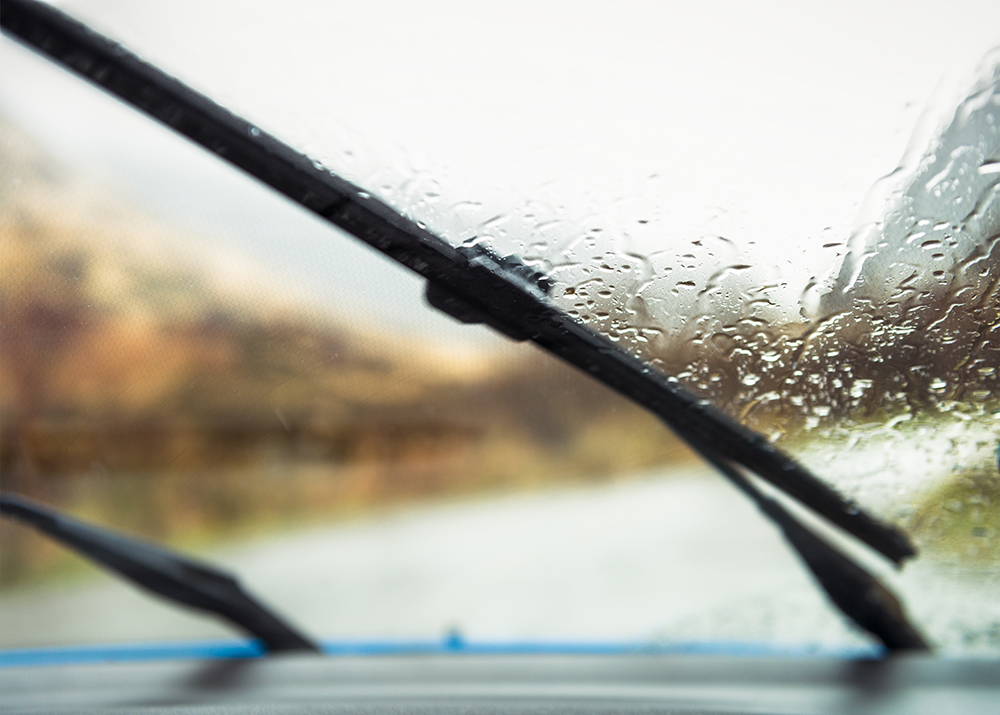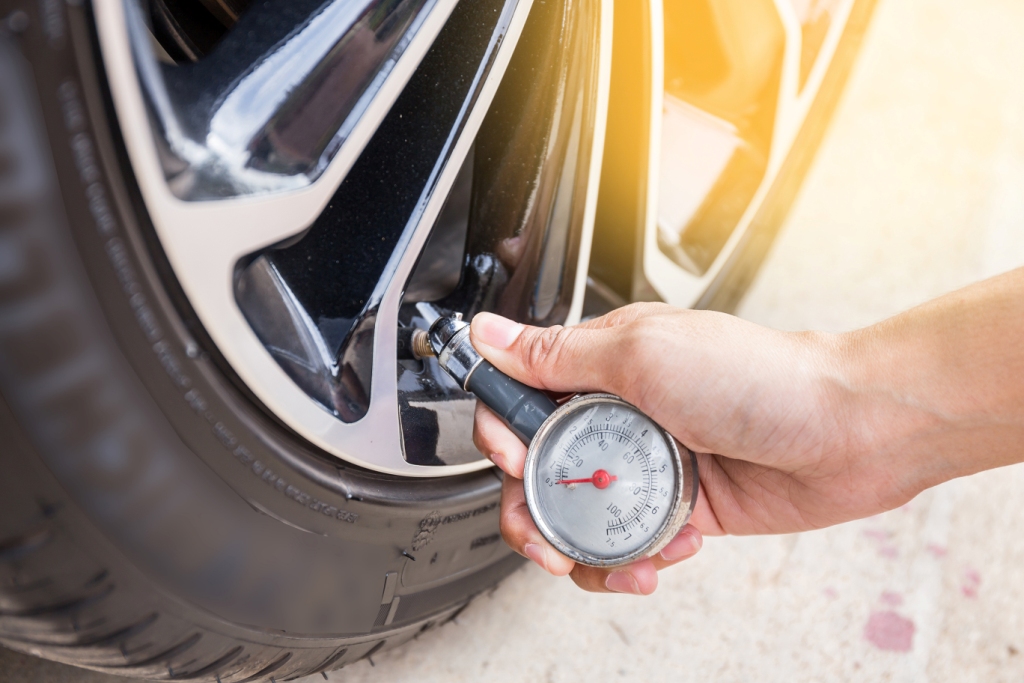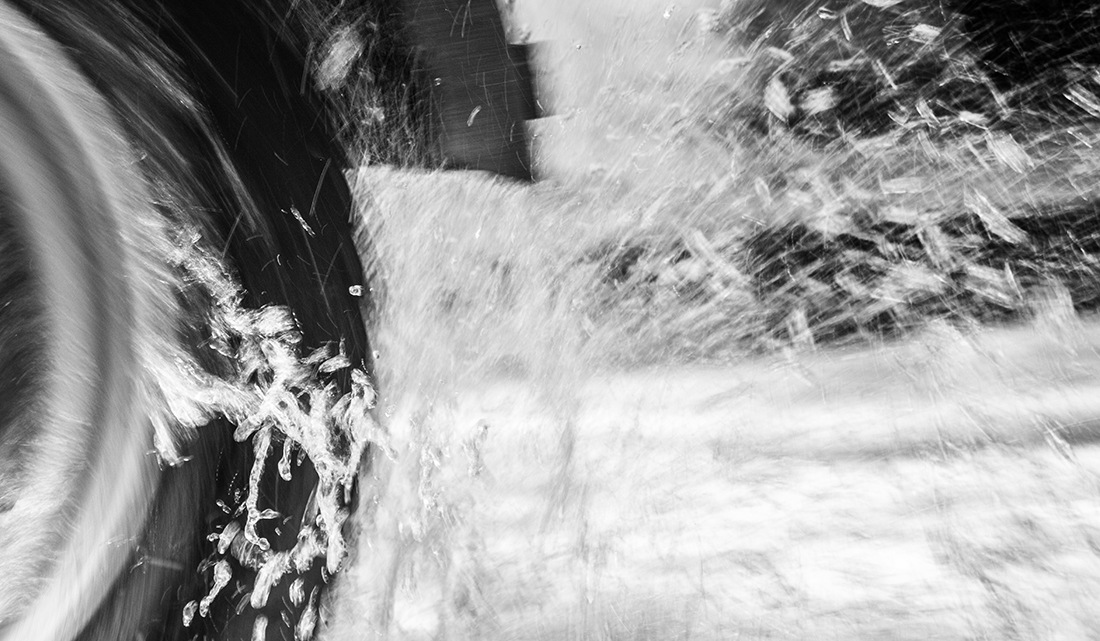Keeping safe when driving on wet roads
Posted by LStevenson
on

Plan ahead
You’ll have to drive slower than usual, and the roads might be congested, so you’ll need more time. Stay informed and check your route, you can use the Met Office to stay up to date with weather warnings. The Flood Information Service is another resource you can use to see flood warnings in your area. You can even set up 'Floodline' alerts online via the Environment Agency.
Check your wiper blades
Your windscreen wipers are essential in the rain for obvious reasons, but if they’re dirty or worn out they won’t be as effective. You should also check that your washer bottle is topped up.Slow down
It’s an obvious tip, but always worth mentioning. Not only does it take you longer to stop, but visibility will be poorer in heavy rain, so you might not spot potential hazards as soon as you would in dry weather conditions.
Check your tyres
You should check them regularly, but it’s even more important when it’s wet. Bald tyres offer significantly less grip on wet roads and are far more prone to ‘aquaplaning’ (see below). The minimum legal tyre tread depth for cars in the UK and Europe is 1.6mm across the central three-quarters of the tyre.Double the gap
Make sure you leave at least double the gap you normally would between yourself and the car in front. You should always maintain a safe distance but it’s crucial in wet weather as stopping distances are longer–make your 2 second gap at least 4. You can check the timing by watching when the car in front of you passes a fixed object, such as a lamppost, and counting the seconds it takes you to reach that object. Saying ‘Mississippi’ between the numbers is roughly 1 second!Dipped headlights
Turn these on to make sure other drivers can see you, but avoid using your full beams or fog lights (unless actually required) as they can dazzle other drivers. The Highway Code states that drivers must turn headlights on when visibility reduces to less than 100m (rule 226), so make sure you can see and be seen.Standing water
Try to avoid driving in flood water if possible, and under no circumstances drive through moving water or if the depth is greater than 10cm. Driving fast through standing water is dangerous because you could lose control, so make sure you move slowly, paying extra attention for hazards such as kerbs that you won’t be able to see. There’s also a risk that you could cause expensive damage to your car, especially if you flood the engine.
Beware of aquaplaning
This is when your tyres can’t displace the water in front of them fast enough so they begin riding on a layer of water. If your steering becomes unresponsive don’t slam on the brakes, just ease off the accelerator and keep the steering wheel as straight as possible. You should then slow down gradually and regain contact with the road.Test brakes after driving through water
Wet brakes are less responsive than when they’re dry, so your ability to stop quickly could be reduced. Test your brakes gently when safe to do so and allow more time to stop if needed.Make sure you're covered
Even the safest of drivers need good insurance cover. Learn more about insuring your car with esure.
